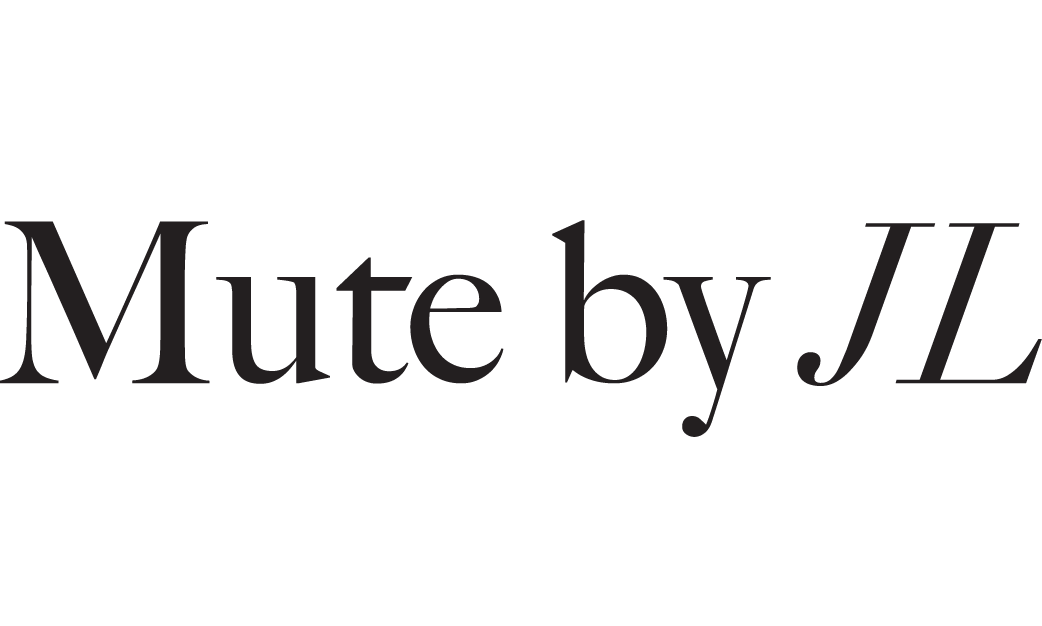ARBEL’S GREATEST FACILITY LIES WITHIN AN INTUITIVE UNDERSTANDING OF RAW MATERIALS AND AN INHERENT ABILITY TO CREATE TACTILE EPHEMERA. THE PRACTICE, NOW IN ITS 11TH YEAR, CONTINUES TO FIND SUCCESS WITH WHAT ARBEL DESCRIBES AS MATERIAL EXPLORATIONS.

should be clear right off the bat. I don’t really answer lifestyle questions,” Omer Arbel says to me. “I only speak about my work.” I’m set at ease by his candour. As the founder of his eponymous practice, Omer Arbel Office, and creative director of contemporary design and manufacturing company, Bocci, there is much to discuss.


Trained as an architect, Arbel’s greatest facility lies within an intuitive understanding of raw materials and an inherent ability to create tactile ephemera. The practice, now in its 11th year, continues to find success with what Arbel describes as material explorations. “All along, there have been these experiments, which began as a personal hobby, then evolved into a professional endeavour,” he explains. “A lot of them are just speculative, with no end purpose in mind – no mission statement or brief, just these free fall semiconscious explorations of materials.”

While the results of these experiments are varied with no overt use or purpose at the onset, Arbel is equipped with a wealth of empirical findings and a vault of artefacts. “At best, they’re interesting, at worst, garbage,” he says, breaking into a laugh. It’s a modest statement when you consider that many of these explorations have led to full scale installations. One of his pieces, 44, for instance, currently hangs in the lobby of the famed Barbican Centre in London. “One out of 10 explorations turns into something that people can use in the world,” he states. Of these, perhaps the most widely recognised is 28 – named, like all his products, in chronological order of when they were discovered. 28 is a collection of hand blown glass spheres that command a multitude of applications, including hanging clusters, stand alone table lamps, and wall mounted fixtures.



When asked about his preferred experiment of the moment, Arbel immediately rises to grab a prototype. “This began its life as a machine bolt,” he says, holding a hefty piece of metal that resembles sea coral. “You can see the hexagonal head of the bolt in there.” Wrapped in copper cable, the figure is submerged in a chemical solution with emulsified nickel and pulsed with a tremendous amount of voltage. Listening to Arbel articulate this process, you can sense that there is a profound understanding of the technical approach. This comes as little surprise since his first degree is a Bachelor of Science. “Because of the copper cable, there’s an electromagnetic field that forms around the bolt. When the bolt is dipped in and out of the solution thousands of times, at every iteration, the nickel molecules are drawn out to the edges and this piece is essentially grown over three months.” Eventually strung as an intricate garland inside the Dimore Gallery in Milan, and named 71, it is but a singular example of “a series of almost chance occurrences that have found its way to a perfect result.”


With an established presence in Berlin – via Bocci 79: showroom and archive – and no shortage of resource or opportunity, I ask why he chose Vancouver as the home for his business. “I think Vancouver’s fantastic,” he proclaims. “I don’t know why people would ever want to leave. It’s easy to say, ‘Vancouver’s not cool, there’s not enough going on,’ but that’s missing the point entirely.” He explains:
“Vancouver is a vibrant, optimistic, youthful city where so many things are possible; things that can be completely out of reach in cities with a lot more cultural inertia. The spirit of this place is quite amazing, it’s open to new things. Compare this to say, Berlin, a city with thousands of years of history, some of it extremely difficult, and you can see how the two cities diverge. There’s a fantastic exposure to ideas here, an amazing community – both completely inspiring. It’s a place where a different kind of reality exists.”

Further extrapolating his connection to Vancouver, Arbel shares: “I always take stock of my surroundings when the plane is about to take off from, or land, in YVR. And I find that when I’m leaving Vancouver, I’m super happy, but also equally so when I’m landing; I’m elated to leave, and elated to return. I feel that this isn’t something you often say about a place. Most people are either happy to leave, or happy to return, but it’s rarely both. Except in my case, with Vancouver.”

* All of the photographs were taken at Bocci 79: Showroom + Archive, in Berlin.
bocci.ca
- WORDS: Sheila Lam
- PHOTO: Rich Stapleton
- ORIGINAL POST: Readcereal

